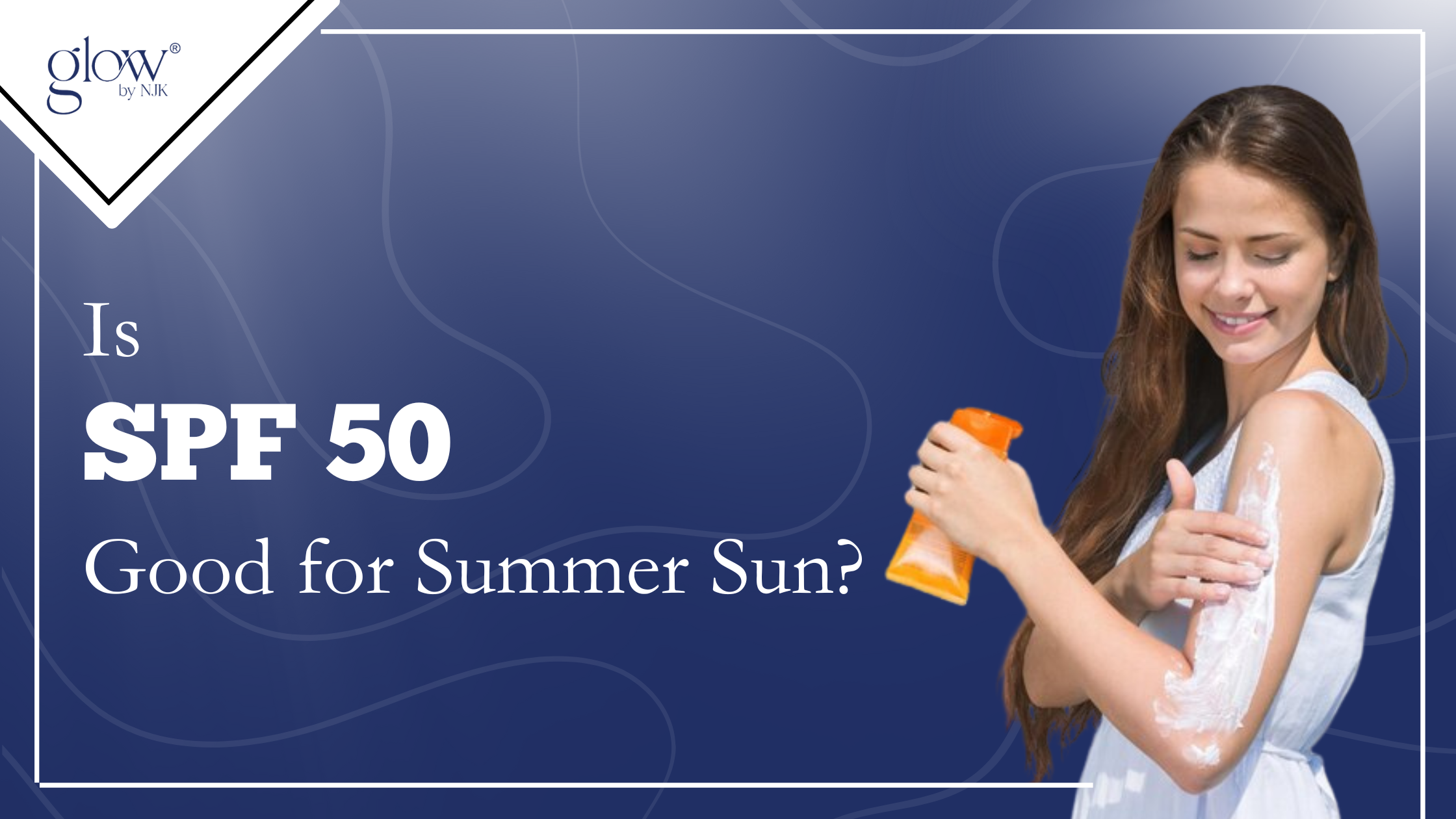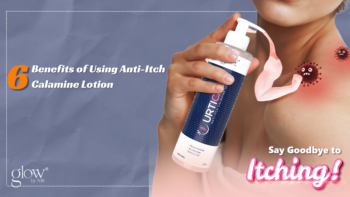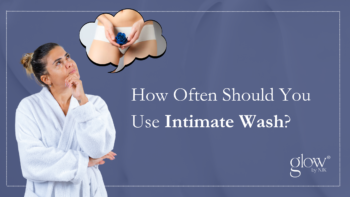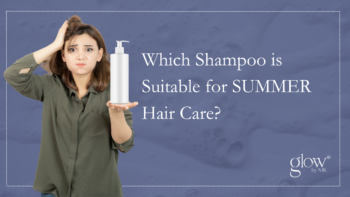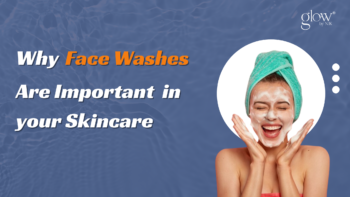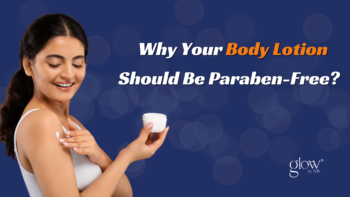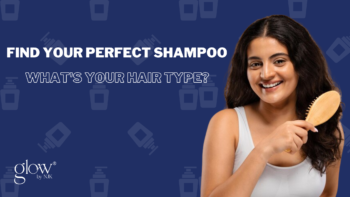As summer approaches, many of us reach for higher SPF (Sun Protection Factor) sunscreens to shield our skin from the sun’s harmful rays.
But is SPF 50 really enough for adequate protection?
This is the main question that arises when we talk about sunscreen,
If you have the same question, then this article is for you.
Let’s look into the science behind sunscreens and understand how to choose the right SPF for your needs.
Understanding SPF:
SPF is the degree of defence that a sunscreen offers against UVB rays, which are the main culprits behind sunburns and raise the risk of skin cancer.
SPF 50 theoretically blocks 98% of UVB rays, while SPF 30 blocks about 97%. However, the difference in protection is minimal, leading some experts to question the necessity of higher SPFs.
Factors to Consider:
1. Skin Type: Higher SPFs may be beneficial for persons with pale skin who burn quickly, while SPF 30 may be plenty for those with darker complexion.
2. Sun Exposure: If you spend extended periods outdoors or participate in water activities, reapplication of sunscreen is crucial regardless of SPF.
3. Sensitivity to Sun: People with conditions like lupus or a history of skin cancer may require higher SPF for added protection.
Daily Habits and SPF:
While SPF 50 offers high protection, it’s essential to complement it with other sun-safe habits:
1. Seek Shade: Especially during peak sun hours (10 am to 4 pm).
2. Wear Protective Clothing: Hats, sunglasses, and UV-blocking clothing offer additional protection.
3. Apply Sunscreen Correctly: Apply liberally and reapply every two hours or right away after working out or swimming.
4. Avoid Tanning Beds: They emit harmful UV rays that can damage your skin.
The Role of UVA Protection:
SPF primarily measures protection against UVB rays, but UVA rays also contribute to skin ageing and cancer. Seek out “broad-spectrum” sunscreens, which offer protection from UVA and UVB radiation.
Sunscreens come in two primary varieties: Chemical and physical (also known as mineral) sunscreens. Every kind functions uniquely to shield your skin from the sun’s damaging rays.
1. Chemical Sunscreens:
How they work: Chemical sunscreens absorb UV rays, converting them to heat that is subsequently expelled from the skin.
Active ingredients: Common chemical UV filters include oxybenzone, avobenzone, octisalate, octocrylene, homosalate, and octinoxate.
Advantages: Often easier to apply and less visible on the skin compared to physical sunscreens. They also tend to be more water-resistant.
Disadvantages: Some chemical filters can cause skin irritation or allergic reactions in some individuals. There are also concerns about the environmental impact of certain chemical filters on coral reefs.
2. Physical Sunscreens:
How they work: Physical sunscreens disperse or reflect UV rays away from the skin by sitting on top of the skin.
Active ingredients: The active ingredients in physical sunscreens are zinc oxide and/or titanium dioxide.
Advantages: They are appropriate for delicate skin since they are less prone to result in allergic reactions or skin irritation. They offer broad-spectrum defense against UVA and UVB radiation.
Disadvantages:
Physical sunscreens can be thicker and more visible on the skin, which some people may find less cosmetically appealing.
They may also rub off more easily and require more frequent reapplication, especially after sweating or swimming.
Combination Sunscreens:
Certain sunscreens use a blend of chemical and physical filters to offer comprehensive protection and enhance the overall appearance of the product.
Water-Resistant Sunscreens:
Sunscreens labeled as “water-resistant” are formulated to maintain their SPF level for a certain amount of time (typically 40 or 80 minutes) while swimming or sweating. However, they still need to be reapplied after this time or immediately after towel drying.
Choosing the Right Sunscreen:
Which sunscreen is best for you depends on your skin type, sensitivity, and frequency of sun exposure. Applying sunscreen often and selecting a broad-spectrum product with an SPF of at least 30 are essential, particularly if you spend time outside.
Conclusion:
While SPF 50 provides high protection, no sunscreen can offer 100% protection. Using sunscreen alongside other sun-safe practices and regularly checking your skin for any changes is essential.
On selecting the appropriate SPF for your skin type and lifestyle, speak with a dermatologist and get the right one.
You can also get the best sunscreen at GlowbyNJK!
Our Tintaac Sunscreen Lotion SPF is a creamy substance that is suitable for daily use and provides long-lasting skin protection. We ensure that all our products are 100% vegan and free from animal-derived ingredients.
Keep in mind that protecting your skin from the sun’s rays is something you should do all year round for the health of your skin.


